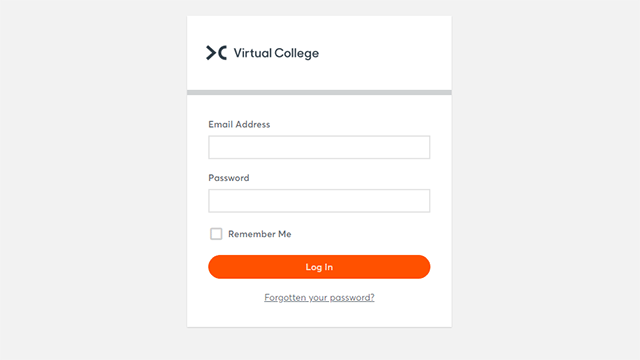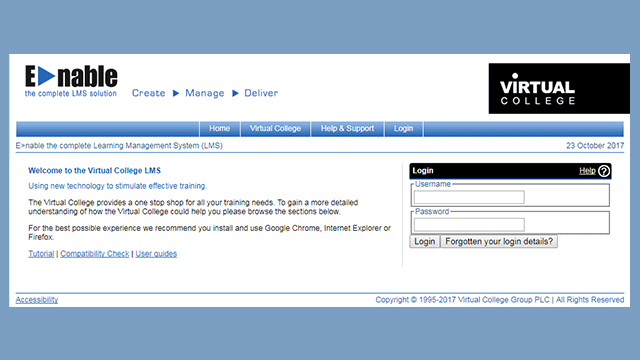Cyber Security Awareness
This Cyber Security Awareness course explores the risks associated with Cybercrime, cyber threats, what happens when there has been a breach of security and how to protect your network from attack from cyber criminals using anti malware defences. This course will help you understand how hackers and bots can access your system and how to keep your information and personal data safe from online fraud to help improve your internet security.
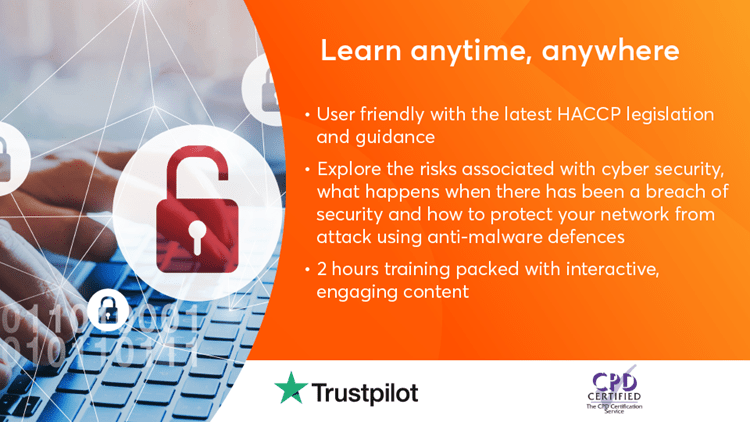
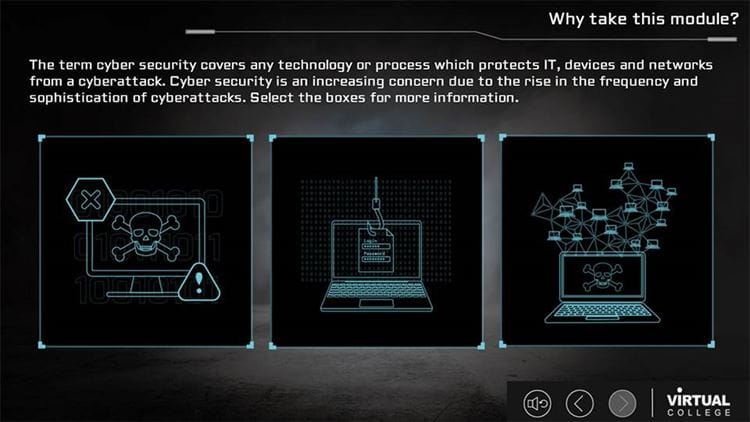
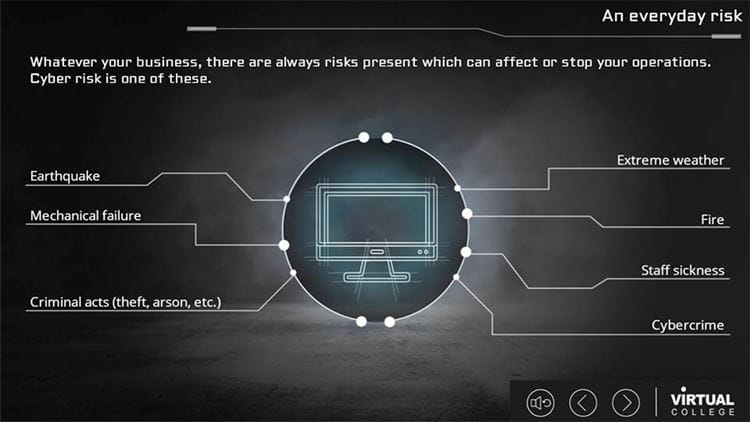
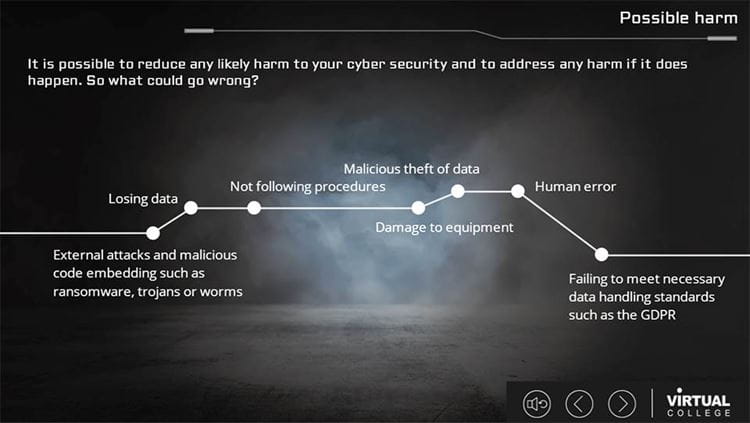





Course Overview
Format
- Intermediate
- 2 Study Hours
- Online Study
- Self-Printed Certificate
Accreditation
- 2 CPD Hours
- CPD Certified
Course description
The Cyber Security Awareness course is a beginner’s guide to protect you or your employees from the risk that cyber criminals pose. This eLearning course will help learners understand how hackers and bots can access your system and how to keep your information and personal data safe from online fraud.
Cybercrime is on the rise and is an increasing risk to any organisation. Everyday, we interact on the internet without thinking about it.
Cyber crime incidents are becoming increasingly common. It is possible for personal data to be leaked, customer accounts can be compromised, and there can be major financial complications that can directly affect your organisation.
It is important that businesses of all sizes are aware of cyber security, how it can affect every day operations and how this this can be prevented.
The Cyber Security Awareness course is a beginner’s guide to protect you or your employees from the risk that cyber criminals pose.
This eLearning course will help learners understand how hackers and bots can access your system and how to keep your information and personal data safe from online fraud. By ensuring you and your staff complete cyber security training, you will be able to help protect your business and data effectively against cyber criminals.
Learn the skills you need to keep your organisation safe against cyber security threats. Protect against everyday risks, possible harm, understand what happens when cyber security goes wrong and how to manage the risks.
What's covered in this Cyber Security Awareness course?
Our online training course covers a wide range of topics to give learners in-depth knowledge on cyber security awareness, help learners understand how hackers and bots can access your system and how to keep your information and personal data safe from online fraud. Areas covered in this training include:
| Module | What it includes |
| Preparing for Cyber Security Risks | This module covers the different risks and likelihood of damages that could occur as the result of a cyber security attack and outline how to prepare and protect yourself and your organisation from this. |
| Keeping Your System Secure | This section was designed to help learners understand system changes and storage, access authorisation and updates and responsibities to keep cyber security intact. |
| Building Your Network's Defence | We delve into how a cyber attack may occur and the different types of attack. Understanding these can help learners build the defence against them. |
| Controlling Access to Data | We look at how a network is protected by ensuring that the right people have the right access at the right time. |
|
Protecting Against Risk at Home and Work |
The aim of this module is to increase the learners awareness of cyber attacks and the steps one should take to ensure that both employee and employer benefit from the maximum protection available.. |
|
Effective Incident Prevention and Response |
We define security incidents and help learners understand how to react in certain circumstances to ensure the integrity and sustainability of the network. |
|
Maintaining Anti-malware Devices |
We take a look at what malware is and how the many different types can impact your network. |
|
Establishing a Monitoring Strategy |
This section outlines how organisations monitor online activity, why it is necessary, what is monitored and what can go wrong if not implimented. |
|
Removable Media on the Corporate System |
This module will help learners appreciate their responsibility in protecting the data held by their organisations by explaining where data is held and how to safely use removable devices. |
|
Mobile Working Policies |
We outline the additional risks that working remotely brings for cyber security and the role of social engineering in cyber attacks. |
Why take this course?
Upon completion of this cyber security course learners will be able to reduce every day risks and understand the possible harm that can be caused using real life examples. You will gain a working understanding of the stats and information around cyber security, including the different types of malicious software.
Target Audience
This cyber security training course is aimed at employees who use devices to store data or connect to the internet in their day-to-day role. This course will help employees protect their organisations from cyber crimes.
Assessment and certificate
The end of course assessment consists of 30 multiple choice questions. Learners are required to achieve a 75% pass mark, and, if necessary, may attempt the test three times at no extra cost.
If learners do not achieve the 75% pass mark, further attempts may be given by contacting our support team.
Learners will be able to download a Cyber Security Awareness training digital certificate on completion.
Course duration
This course will take approximately one and a half to two hours to complete. As an e-learning course you can complete this training in convenient stages. The learning management system will record your progress throughout.
You will learn
- Identify the risks associated with cyber activity
- Explain how to protect your network from attack using anti-malware defences
- State the process for responding to a cyberattack or a suspicious incident
- Understand the levels of access to data and your restrictions within these
- Identify additional security measures required for working from home or remote locations
- Explain the risks associated with the use of removable media and how to maintain their security
- Implement best practice cyber security guidance into your work, as set out by industry standards and your organisations policies
- Identify the weak points in your network and devices, and therefore where you need to action changes
Who is it for?
Roles including:
- Employees who use devices to store data or connect to the internet in their day-to-day role
- This course will help employees protect their organisations from cyber crimes
How the online courses work
-
Find a course
To begin searching for your online training you can click on the course category section on our website and browse through all of our training categories.
Alternatively if you already know the title of the training you’re looking for you can use the search bar located in the centre of the homepage and go directly to the course you want.
-
Buy the course
When buying one of our courses, you will need to enter a valid email address which will be used to create your account with our Learning Management System – Enable – where you will take the training. We will also send your purchase receipt to this email address, and any additional courses purchased in future using the same email address will be added to your system account.
Once you have purchased a course, you will be able to send this course to other people using your system account with Enable by entering the new learner’s email address so that they may access the training and set up their own system account with our Learning Management System.
If you are not 100% satisfied with your course then we offer a 30-day, no hassle money-back guarantee. To request a refund, you should email our learner support team with your receipt stating why you would like to be reimbursed. You, or your learners, must not have completed the training in order to make a valid refund claim. Any claim made after the training has been completed will be invalidated.
-
Take the course
This online course consists of a series of pages in which an instructor will talk learners through the lesson material. Pages may include supporting pictures, graphs, animation or extra sounds to help with the learning where appropriate. Some lessons will include challenges/quizzes to help learners stay engaged and interested in the material. Lessons can be taken in any order and each lesson may be paused and resumed at any stage.
The course is self-paced so learners decide how fast or slow the training goes. There is no deadline for completion but some of our courses have a test at the end to check that learners have understood the material. If the course has a test at the end then learners are required to achieve a 75% pass mark to successfully complete the course. Once learners have passed the test they are awarded a certificate, which can either be downloaded digitally or sent as a physical copy if this option was chosen when purchasing the course.
-
Your Certificate
Upon completion of any of our courses, learners will be able to download a digital certificate from Virtual College and will include the accrediting bodies logo where applicable.
If you have bought the posted certificate option (available on select courses), a high quality, seal embossed, certificate will be sent out at the beginning of the following working week.








